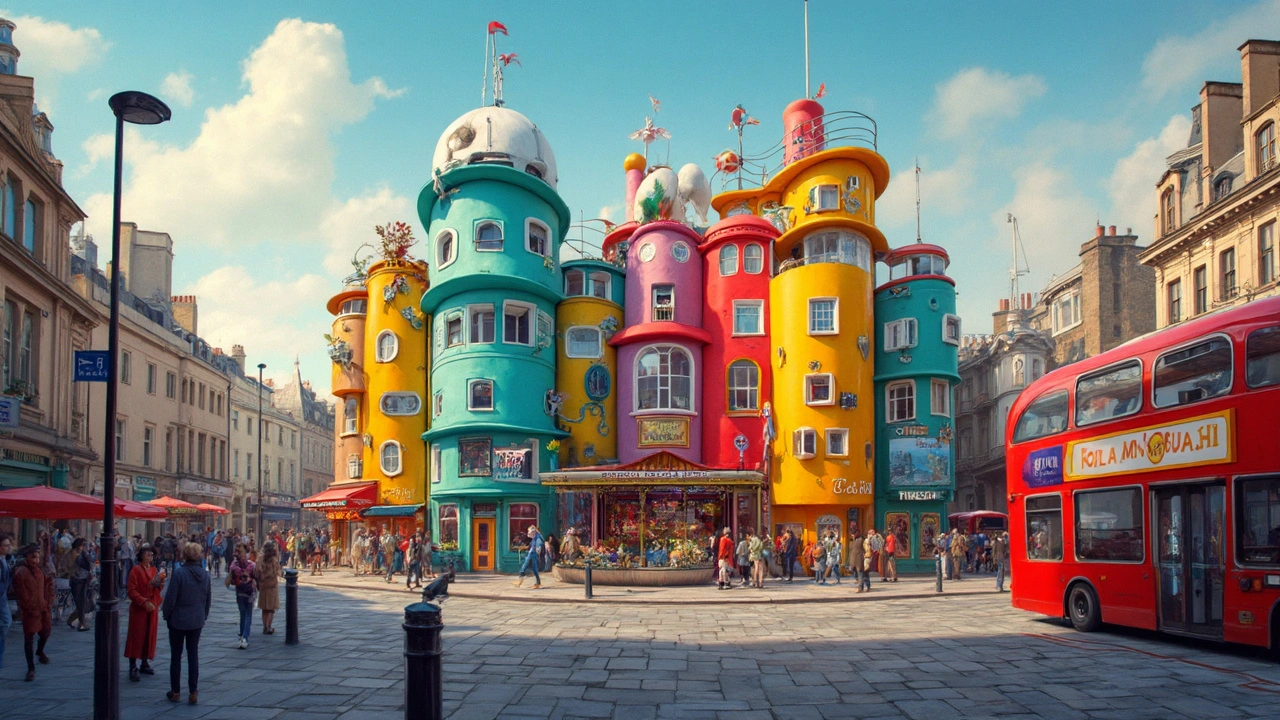Iconic buildings: what makes a building unforgettable
Some buildings grab attention the second you see them and never let go. Iconic buildings do more than look good — they tell a story about technology, power, faith, or a city's identity. On Macklowe Art & Architecture you'll find clear, practical pieces that explain those stories: why the Colosseum still matters, how Hagia Sophia changed dome design, and why Beaux-Arts stations feel like stage sets. This tag collects posts that help you spot the signature moves architects used across eras and places.
How to spot an iconic building
Look for a few concrete signs: scale (does it dominate the skyline?), unique structure (arches, domes, or daring cantilevers), and original materials or decoration. Think about innovation — Rome’s concrete vaults, Gothic verticality, or Art Nouveau’s flowing ironwork. Also watch for civic role: many icons were meant for public life — churches, courthouses, train stations, plazas. If a building shaped how people lived, moved, or worshiped, that’s a big clue it’s iconic.
Pay attention to repetition and detail. Columns, spires, mosaics, or a repeated façade pattern can signal a style — Greek Revival with its columns, Gothic Revival with pointed arches, or Baroque with dramatic curves. Spotting these elements helps you name the style and understand why the building mattered in its day and still matters now.
Use the tag: planning visits, photos, and preservation tips
Use this tag to match buildings to short guides: history notes, travel tips, and photo ideas. When you visit, time your shot for soft light and fewer crowds — early morning or late afternoon works great. Get close for details like carved capitals or mosaics, then step back for the composition that shows how a building shapes its surroundings.
If you care about preservation, learn what makes the building fragile: old mortar, delicate mosaics, or worn sculptures. Many posts here explain basic preservation challenges and simple ways visitors can help, like staying on marked paths and avoiding touching fragile surfaces. Want to dig deeper? Read articles on conservation techniques for styles like Beaux-Arts and Byzantine to see how experts keep these places alive.
Finally, think beyond the postcard. Iconic buildings teach design lessons you can use at home: proportion from Renaissance façades, symmetry from Georgian layouts, and honest materials from Craftsman homes. Browse the tag, follow examples that match your interests, and you’ll start seeing how famous buildings still shape the places we live and travel.

Postmodern Architecture: Rethinking Design from the Ground Up
This article unpacks how postmodern architecture broke all the old rules and made cities look surprising and sometimes weird—but in a good way. You'll get the scoop on how postmodernism flipped the script from boring boxes to bold, playful buildings. There are interesting stories behind the strange shapes and colorful facades you see all over the world. Expect hands-on tips for spotting postmodern design, and a peek at the classic buildings everyone takes selfies with. Forget dry, textbook stuff—this is postmodernism, explained for real life.
Read more